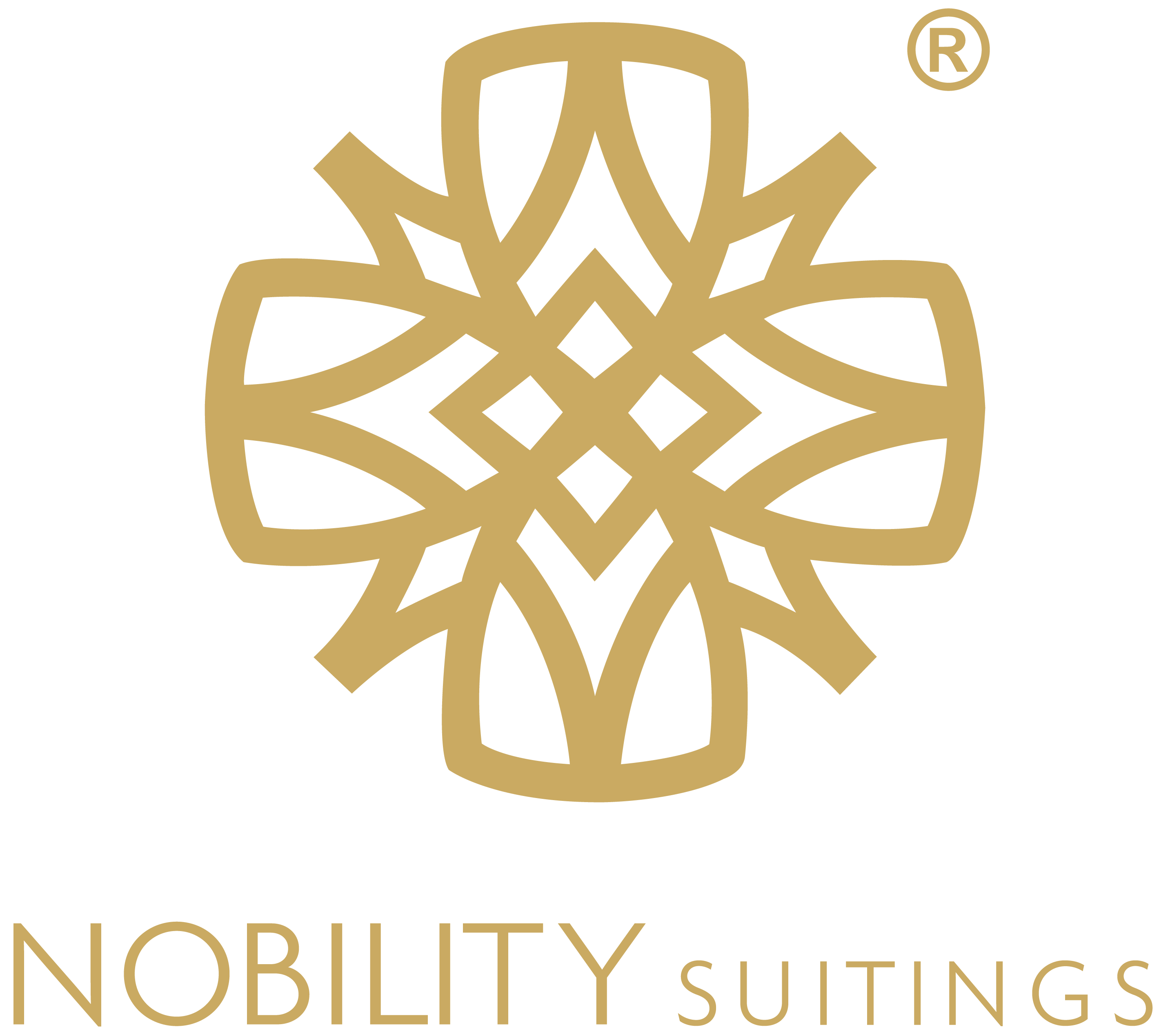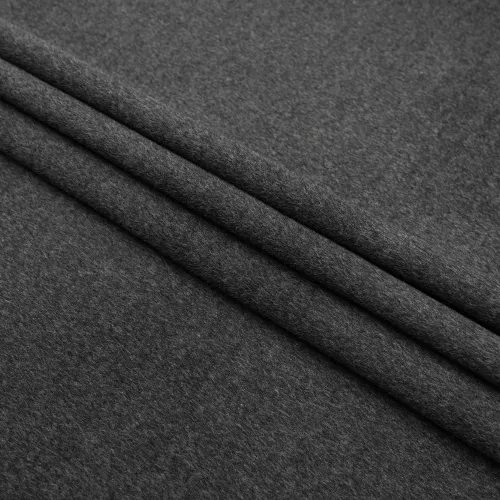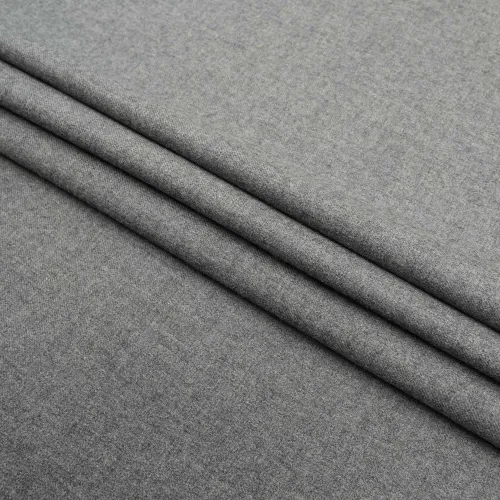merino wool price
Merino wool price represents a crucial market indicator in the textile industry, reflecting the premium quality and exceptional characteristics of this natural fiber. The pricing structure encompasses various grades of merino wool, typically measured in microns, with finer grades commanding higher prices due to their superior softness and versatility. Market factors such as seasonal availability, global demand, and production conditions significantly influence price fluctuations. The Australian wool market, being the world's largest producer of merino wool, largely determines international pricing benchmarks. Current market trends show that fine merino wool (18.5 microns and below) maintains premium pricing due to its high demand in luxury apparel and performance wear. The price structure also reflects the sustainable and renewable nature of merino wool production, incorporating factors such as farming practices, sheep welfare, and environmental considerations. Understanding merino wool pricing is essential for manufacturers, retailers, and consumers as it impacts the final cost of merino wool products while indicating quality standards and market dynamics.







